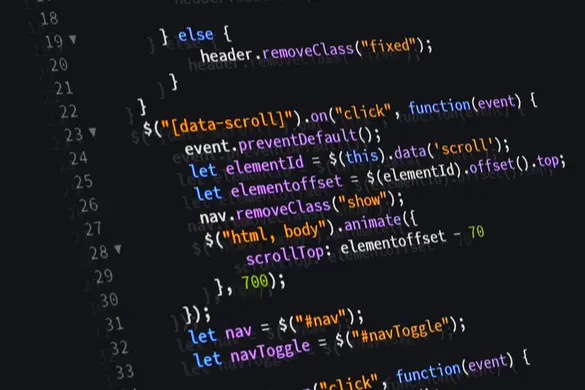
For a variety of reasons, writing code is complex. If the answer is yes, every line, syntax, and parameter has to be correct and working flawlessly from start to finish, lest you want to run into a million problems when your data gets corrupted. Once mastered, you will find that code is the future of developer empowerment.
Following these steps, you can improve workplace productivity and deliver more maintainable code. This is why when it comes to writing readable code, one of the top principles to keep in mind is, of course – consistency.
Consistency = Good Code
When it comes to programming, consistency is king. Consistency leads to maintainability; consistency leads to productivity, and of course, consistency leads to good code that can be developed faster and with greater confidence.
One good example is Adobe XD’s ideas content hub for design systems, which provides you with reusable functional elements to create a consistent experience across different products.
But what do we mean by consistency itself? And where do you start?
Spacing And Indenting
First off, do not take well-formatted code for granted. Well-formatted code has the advantage of being readable, which in turn leads to easier understanding.
So when coding, make use of spacing and indenting. Remember that code is visual, so use any linting tool and make sure yours can be ingested easily.
Naming
No matter what type of programming language you use, it’s important to use conventional naming that everyone can understand.
To do this, choose whether you want to use a naming convention like camel case or snake case. Remember that your file names should reflect what they are, which means functions should indicate what job they’re performing, and class names should show the data they’re holding. Of course, there are many Palantir software alternatives that can help with data management.
Next, similarly name variables, functions, or classes that have close relationships. For instance, making multiple Team classes and calling them team1, team2, and team3 is a good idea.
Lastly, name your files consistently. This means that files under the subclass ViewController should always end as such, for example.
Structure And Architecture
Because we write code in different hierarchical levels, all these blocks must follow a clear-cut structure. To do this, make sure that all your lines of code are at the same abstraction level, regardless of the length of the actual abstracted components.
The same consistency should also apply to the classes you make. Doing so ensures better readability and makes it easier to locate things later.
File Directory
The longer you work on a project, the bigger it becomes, so make sure to separate your files and folders properly. For example, make a res folder for resource-related files and a java folder for all your code.
Make subdirectories inside, too, like a folder for models, for views, and so on. It’s all up to your preferences, but do make sure you organize your files in a meaningful way that wouldn’t confuse you later. Having a well-organized file directory also helps team members navigate their way through the program efficiently.
Like most things in life, consistency in the smallest of details when programming saves you from many headaches further down the line. It’s not always easy, but it’s a great way of future-proofing your code.
 Business First Family Business, Accounting, Finance, Investing, Marketing And Management
Business First Family Business, Accounting, Finance, Investing, Marketing And Management